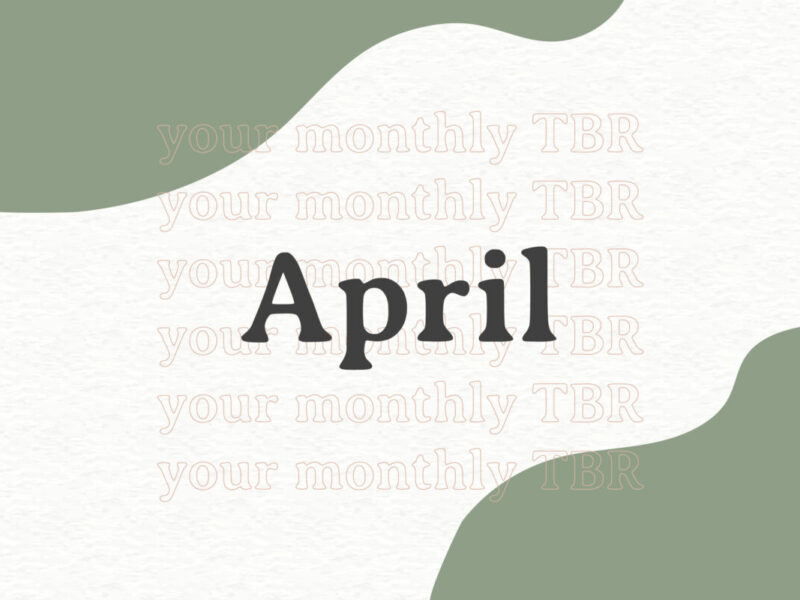What is Language Poetry?
From meter and metaphor to rhyme, rhythm, and beyond, we spend a lot of time analyzing how different poetic devices are used to create meaning. Why would a poet choose one word over another? Why would they use an enjambment over a single line? But in those studies, how often do we stop to consider the role the reader plays in creating a poem’s meaning?
In the late 1960s and early ’70s, a challenge to traditional poetry took shape: language poetry. A sort of cross between poetry, philosophy, and semiotics, language poetry was an avant-garde movement that emphasized the role of the reader in a poem’s meaning. Instead of relying on traditional poetic techniques, language poets invite readers to analyze the text and participate in constructing meaning.
If that explanation of language poetry seems a bit abstruse, imagine this: What if, instead of watching a performance, you were invited to join? What if reading a poem made you an active participant, rather than a passive experiencer? Well, that’s just what language poetry argues. It says that the reader’s interpretation of the text matters just as much as the words the poet chooses to put on the page.
The movement gained mainstream attention around the same time that L=A=N=G=U=A=G=E magazine, edited by Charles Bernstein and Bruce Andrews, and This journal, edited by Robert Grenier and Barrett Watten, were being produced. The two magazines, as well as a slew of other poetry produced during that time period, blurred the line between poetry and critical writing about poetry.
The work of Bernstein, Andrews, Grenier, Watten, and other foundational members of the language poetry movement posed a new challenge to readers. By breaking up poetic language, they required readers to find a new approach to understanding the text. For a more concrete example of how this works, take a look at the poem “Apartment” (2008) by Rae Armantrout.
1
The woman on the mantel,
who doesn’t much resemble me,
is holding a chainsaw
away from her body,
with a shocked smile,
while an undiscovered tumor
squats on her kidney.
2
The present
is a sentimental favorite,
with its heady mix
of grandiosity
and abjection,
truncated,
framed.
3
It’s as if I’m subletting
a friend’s apartment.
Even in the dream,
I’m trying to imagine
which friend.
And I’m trying to get
all my robes together,
robes I really own and
robes I don’t
In a few brief stanzas, Armantrout pieces together the shattering discovery of a kidney tumor and the dissociation that follows. Rather than weaving together an ornate story, the poet gives readers fragments of images and feelings, juxtaposing the familiar with the unfamiliar, the serene with the chaotic.
Armantrout is known to use short lines to break down conventions of memory, culture, and science. In small groups of phrases, Armantrout manages to convey the large questions, ideas, and contradictions within them. “You can hold the various elements of my poems in your mind at one time, but those elements may be hissing and spitting at one another,” she once said.
Elements of language poetry can add a layer of depth to how we read and write poems. As readers, language poetry invites us to engage with the text, impose our own meanings on it, and even discuss with others how our interpretations overlap or differ. As writers, language poetry allows us to be more playful with our audience. Rather than attempting to restrain their interpretations from veering away from our original intent, we can set their minds free to roam, reinterpret, and reimagine the meaning of our words.




